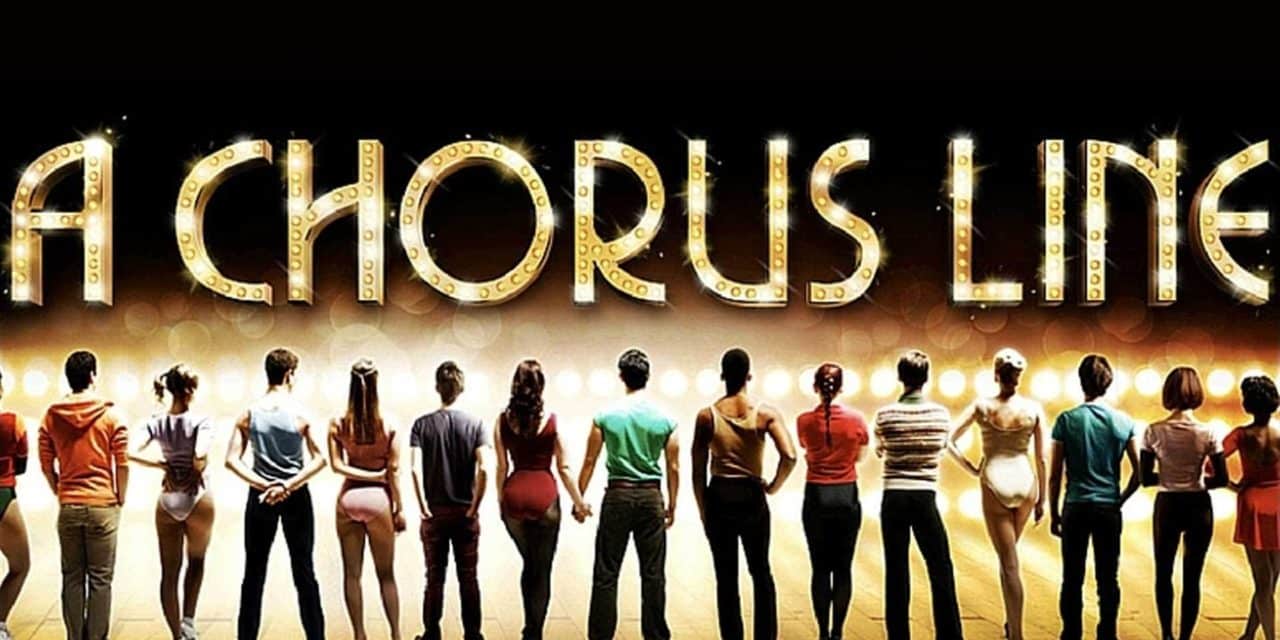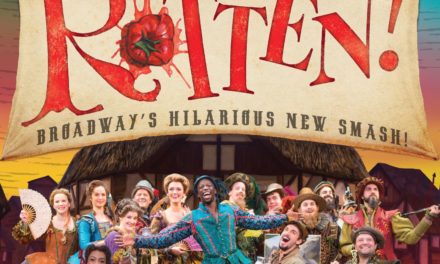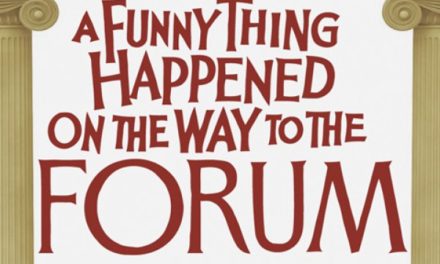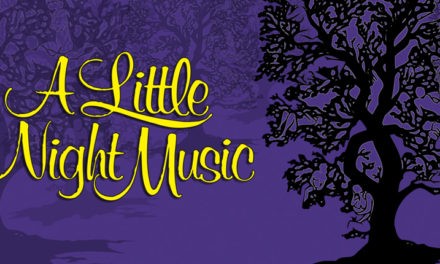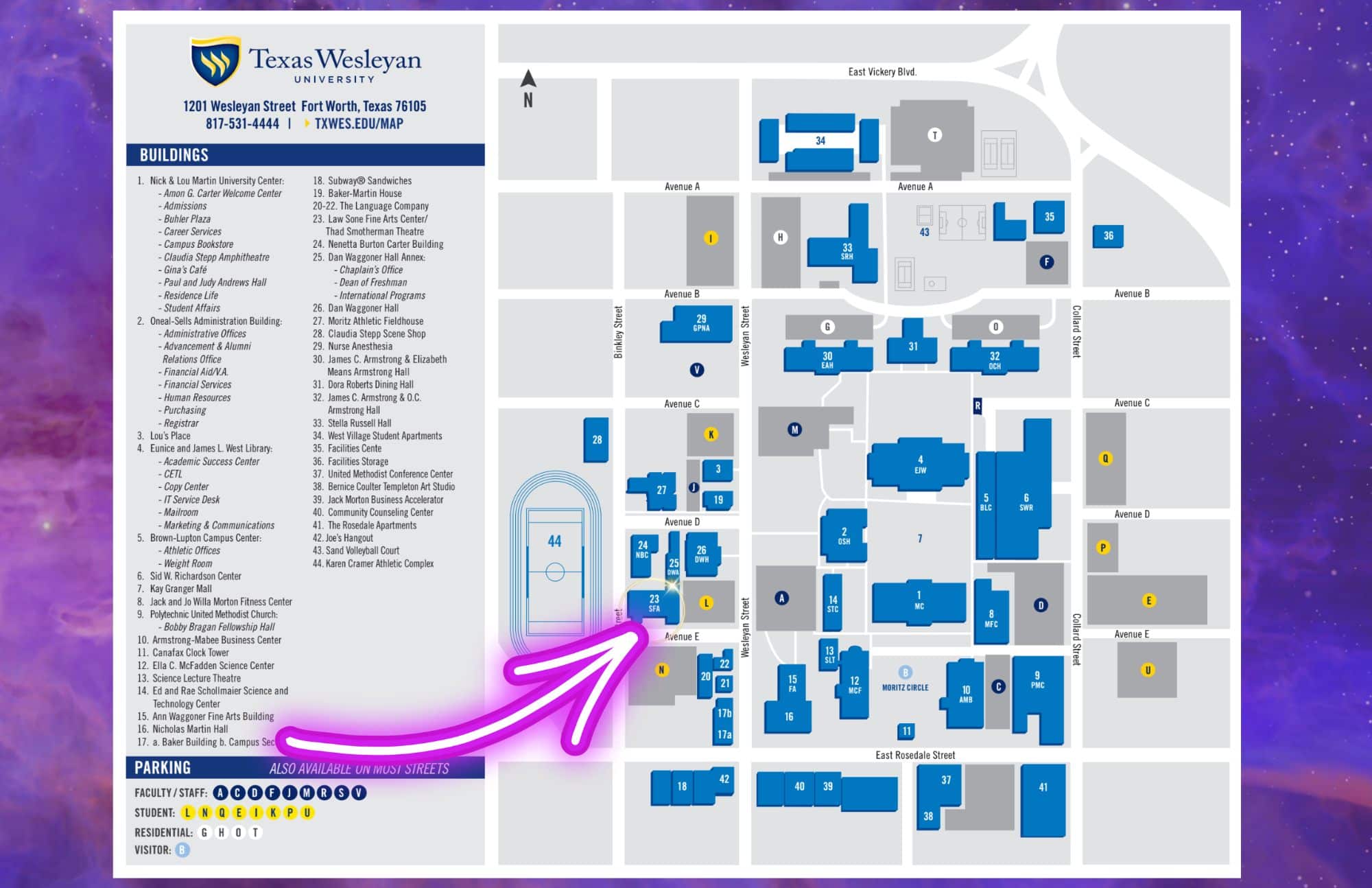We live in a time when television shows, crediting no writers, utilize the dramatic device of eliminating aspirants for a prize; episode after episode, people tune in.
A Chorus Line is realer than any “reality show.” The process of creating it began with tape-recorded “rap sessions” in which Broadway dancers talked about their personal journeys. Director/choreographer Michael Bennett shaped these into a show that starts with a huge bunch of hopefuls and ends with eight people getting jobs in the chorus. He paid much attention to detail: the orchestra plays under most of the dialogue, and every little movement seems to correspond to a musical beat. The show places extraordinary demands on its performers: they must act, sing and dance brilliantly, or else the show wouldn’t make sense; the weakest are eliminated early on.
And those recordings were faithfully turned into monologues and songs by the authors, giving the whole show the sort of verisimilitude lacking in most backstage stories. We watch, knowing the stories ring true, and begin to assume that we’re hearing true biographical information. (With the original cast, in some cases, this was true.)
Most musicals follow one protagonist. A Chorus Line follows many, and so must quickly introduce them in ways that delineate them and make us root for them. Ed Kleban’s terse lyrics are particularly good at capturing what makes each character tick. Before long, the audience has a huge emotional stake in a whole bunch of people: the boy who snuck in his older sister’s class, the athlete who can’t picture himself a kindergarten teacher, the insufficiently pretty girl, the ostracized improv student, the augmentation surgery success, and many more. It’s hard to think of other musicals that engender such a depth of feeling for so many personages.
A Chorus Line succeeds in describing some of the realities of the Broadway business, but it also works on a metaphorical level. There are all sorts of situations in life (job interviews, college admissions) in which we “hope we get it” and experience similar soul-killing competition.
And the finale, “One,” is the ultimate irony. We’ve come to know the dancers as individuals, and yet here they are, indistinguishable from each other, working as a unit, singing how she – the unseen star of the show they’ve been cast in – She’s the one, not them.
Commentary by Noel Katz

